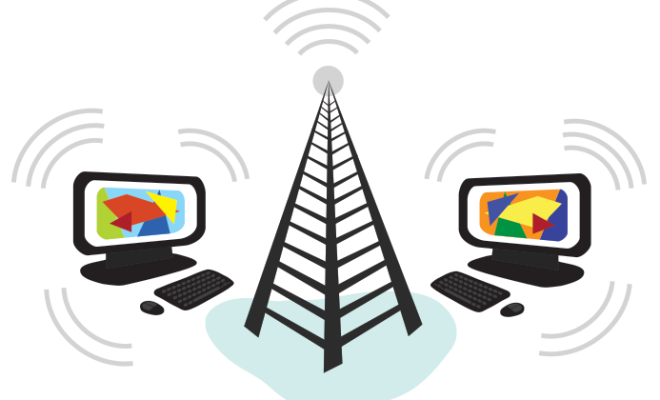What is the Network Model?

The network model is a type of database model that represents data as a collection of records interconnected through relationships by means of links or edges. It was developed during the 1960s and 1970s to offer an alternative to the hierarchical model, which had limited flexibility and scalability in managing large and complex data sets. The network model provided a more efficient way to organize data by allowing records to have multiple parent-child relationships and enabling complex queries to be executed.
In the network model, records are organized into sets called nodes or segments, which represent entities or objects in the real world. Each node contains one or more fields that store the attributes or properties of the corresponding entity. The nodes are connected by links or edges that represent the relationships between the entities. The links can be of different types, such as owner-member, parent-child, or peer-to-peer, depending on the nature of the relationship.
One of the key advantages of the network model is its ability to handle many-to-many relationships between nodes. This means that a record can have multiple parents or children, which allows for more flexible and versatile data modeling. For example, a customer record can be related to multiple orders, and each order can be related to multiple products. This design reduces the redundancy of data and simplifies the updating and querying process.
Another benefit of the network model is its support for complex queries. The network model uses a navigation technique called traversal, which allows the user to follow links from one node to another to retrieve the desired information. This technique enables efficient processing of queries that involve multiple levels of relationships and large volumes of data. Moreover, the network model can be customized to support different query languages, such as SQL, COBOL, or FORTRAN, depending on the specific requirements of the application.
Despite its advantages, the network model has some limitations that may affect its suitability for certain applications. One of the main drawbacks is its complexity and high level of technical expertise required to design and maintain the data structures. Moreover, the network model lacks a standard notation, which can make it difficult to integrate data from different sources or to exchange data with other systems. Finally, the network model does not handle data redundancy well and may require additional processing to ensure data consistency.






